
Lot 139
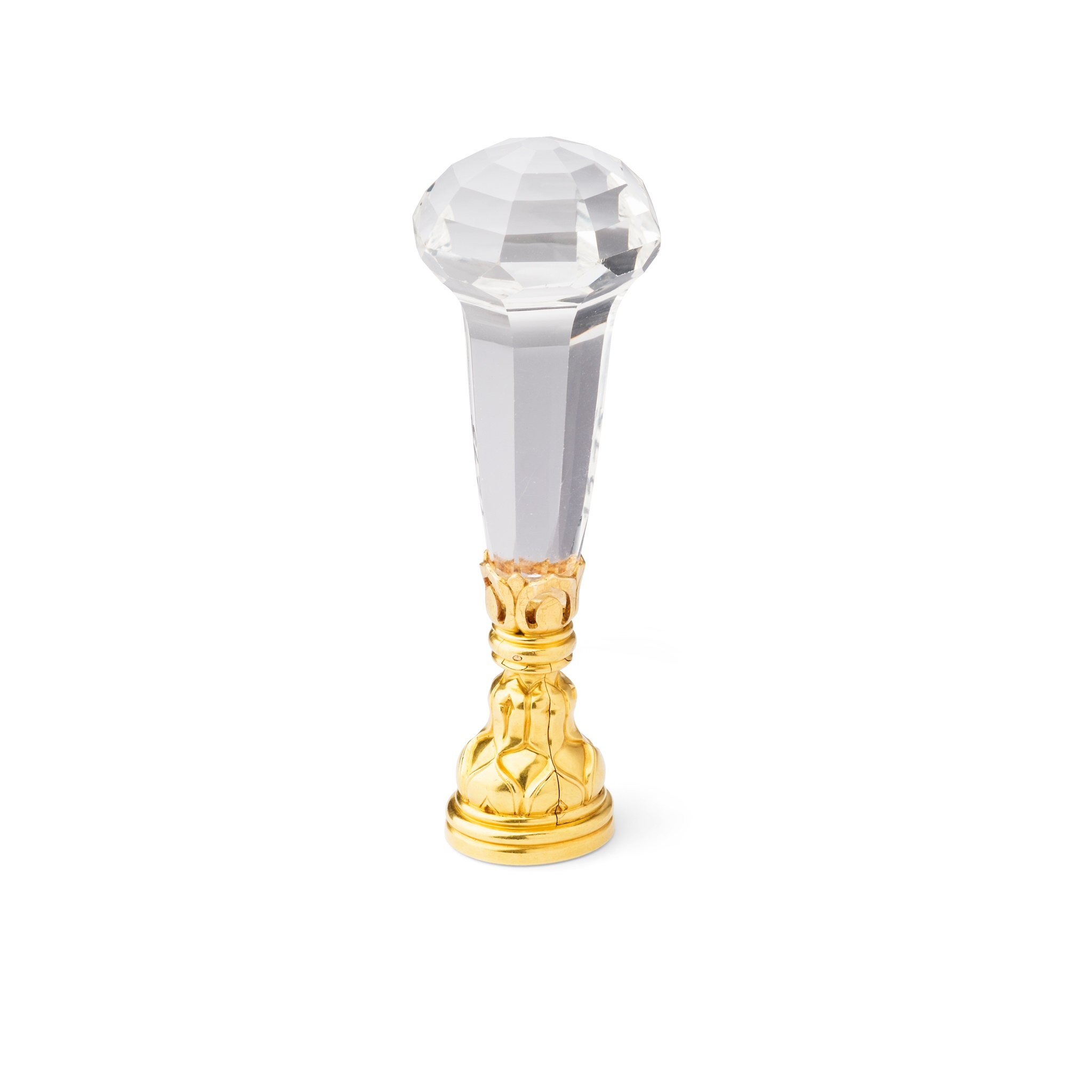
A GRAND TOUR TRIPLE MATRIX GLASS AGATE AND GOLD MOUNTED DESK SEAL, CIRCA 1875
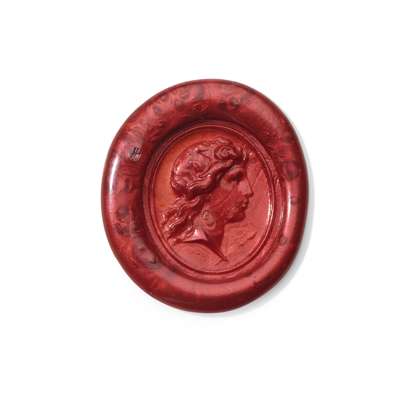
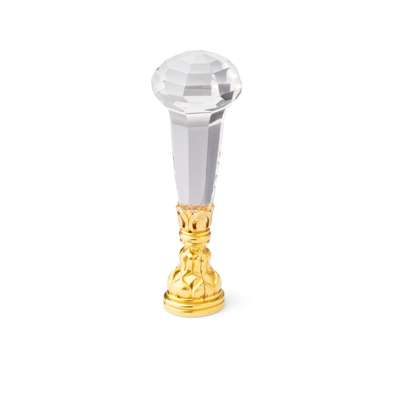
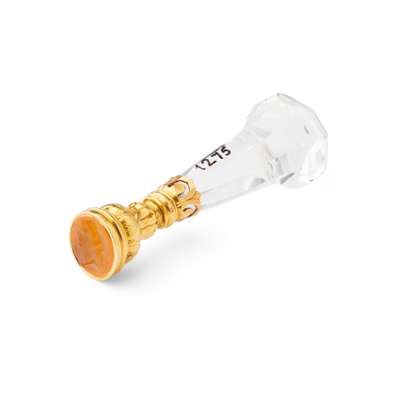
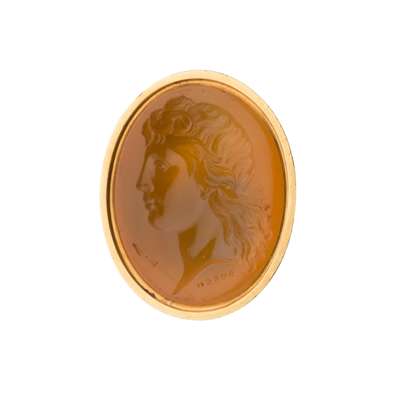




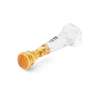
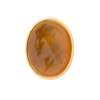
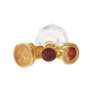
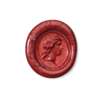
Auction: 17 October 2023 from 10:00 BST
Description
The facetted tapered baluster glass handle with openwork gothic mount, the lobed oval mount below with main oval cornelian matrix with a profile of a classical warrior goddess signed BURCH, hinges open to reveal a smaller matrix half gold, half carnelian depicting a classical god, hinging to reveal a small oval carnelian matrix of a helmeted warrior, the smaller two matrices of Roman origin, circa 4-6th century
Dimensions
Length: 9.5cm, matrix 2.0cm, 1.8cm, 1.0cm
Footnote
Note:
This triple matrix desk seal is an excellent example of a Grand Tour style souvenir. The Grand Tour was a custom wherein young upper-class European men toured predominantly around Italy. This tradition was most popular between the 17th and 19th centuries and the young men would hopefully return home from their tour with a greater breadth of knowledge and experience with an emphasis on classical culture. However, what was more frequently the case was young English men traveling throughout Italy and taking the opportunity to learn about the newest fashions and finding great curiosities to return home with. As such, an item such as this triple desk seal appears to have been inspired by one such trip.. The signature to the outermost seal reads ‘BURCH’, which signifies it as carved by the renowned gem carver Edward Burch (1730-1814). Originally a water-man on the Thames, Burch became one of the most celebrated gem carvers of the 18th century and was later made a full Academician of the Royal Academy. Burch’s specialty was in historical portraits and figures of antiquity such as depictions of Greek and Roman gods as is viewable on this desk seal. Burch would have been an ideal artisan to commission for a keepsake seal from a marvellous Grand Tour. In all likelihood, this desk seal is an amalgamation of souvenirs capped by a commissioned intaglio by an expert artisan. To further this narrative, one may view the secondary intaglio, which is half gold, half matrix. Replacing a broken section with gold to match up the carving was a form of repair which would indicate that rather than replace this intaglio with a new one, its owner felt a deep enough sentimentality for this piece to commission an artisan to repair the missing work. It is likely Burch was the one who repaired the broken intaglio and his hand can be tied to the piece as a whole. What is certain is that this triple desk seal is not only unique in the quality of its construction but the same care for its mechanical components was carried into the artistry of the seals themselves. It is a beautiful example of the work of a master gem carver, an art form that is not commonly viewed today.
For further examples of Edward Burch’s brilliant work, one may visit the British Museum and see not only his gem carving capabilities but some of the work he did for Wedgwood.
Please see accession number 1996.0608.2 for a finger-ring; gold; carnelian intaglio set inside; engraved with head of Sappho and (1978,1002.1029) a Gold fob-seal with a revolving bezel set with a cornelian intaglio of Hercules with the dying Hippolyta with the engraver's mark.











